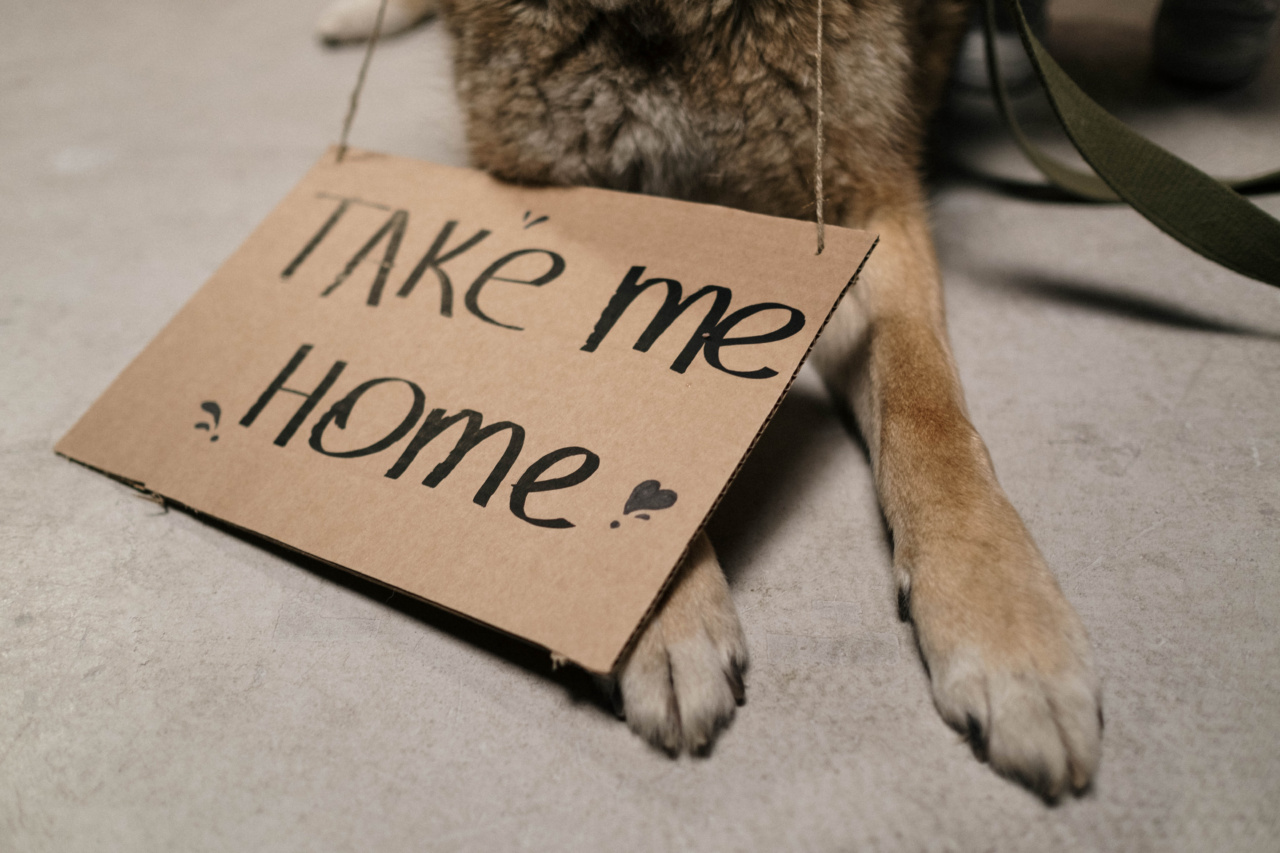For many pet owners, the idea of bringing both dogs and cats into their homes is a dream come true. However, the reality of co-habitation between these two species can sometimes be challenging.
Dogs and cats have different temperaments, communication styles, and instincts, which can lead to conflicts or misunderstandings. But with proper introductions, training, and understanding, it is possible for dogs and cats to live harmoniously under one roof. In this article, we will explore some strategies and tips for making dog and cat co-habitation work.
Understanding the Differences
Before diving into the details of co-habitation, it’s crucial to understand the basic differences between dogs and cats. Dogs are social animals, typically pack-oriented, and enjoy being part of a group.
On the other hand, cats are more independent and solitary creatures, preferring to have their territory and personal space.
These inherent differences in behavior mean that dogs may be more accepting of other pets, including cats, while cats may need time to adjust to the presence of a dog in their territory.
It’s important for pet owners to recognize and respect these differences to create a conducive environment for both their canine and feline companions.
Introducing a Dog to a Cat
The key to a successful introduction between a dog and a cat is to take it slow and create positive associations. Here are some steps to consider:.
Step 1: Prepare Separate Spaces
Prior to the introduction, it is essential to create separate spaces for the dog and the cat. This ensures that each pet has their own secure area where they can retreat to if needed.
Provide separate feeding stations, litter boxes, and resting areas to prevent resource guarding or territorial disputes.
Step 2: Controlled Scent Introduction
Begin the introduction by allowing the pets to familiarize themselves with each other’s scents. Swap bedding or blankets between the dog and cat so they can get accustomed to the smell of the other animal.
This step helps normalize their scents and reduces territorial instincts.
Step 3: Visual Introduction
Once the pets are comfortable with each other’s scents, it’s time for a visual introduction. Use a crate or baby gate to separate them during the initial meetings.
Allow the animals to see each other without the ability to make physical contact. Continue this process over a few days until they seem relaxed in each other’s presence.
Step 4: Gradual Face-to-Face Meetings
Once both the dog and cat appear calm and uninterested in each other, it’s time to progress to face-to-face meetings. Keep the dog on a leash to maintain control during these initial interactions.
Allow the cat to approach or retreat as desired, rewarding both animals for positive behavior and keeping encounters short and stress-free.
Providing a Safe Space for Cats
Cats are naturally drawn to elevated spaces, as they feel more secure when perched high above the ground. To ensure your cat feels comfortable in the presence of a dog, provide plenty of vertical spaces such as cat trees, shelves, or window perches.
These spaces allow cats to observe the dog from a safe distance and retreat when needed.
Additionally, provide hiding spots for the cat throughout the house, such as covered beds, cozy caves, or even dedicated cat rooms. These spaces give cats a sense of security and control over their environment, reducing stress and potential conflicts.
Training the Dog
While cats generally require less training, dogs need guidance to understand boundaries and appropriate behavior around cats. Here are some training tips for dogs:.
Obedience Commands
Teach your dog basic obedience commands such as “sit,” “stay,” and “leave it.” These commands will help redirect their attention or stop any unwanted behavior towards the cat.
Consistently reward your dog for following these commands to reinforce positive behavior.
Desensitization Exercises
Expose your dog to various cat-related stimuli, such as recorded sounds of meowing or the sight of a toy cat. Reward your dog for calm behavior and gradually increase the intensity of the exposure.
This helps desensitize the dog to cat-related stimuli and reduces the chances of them reacting negatively when encountering a real cat.
Supervised Interactions
Always supervise interactions between the dog and cat, especially during the early stages of co-habitation. Use positive reinforcement techniques, such as treats or clicker training, to reward calm and appropriate behavior from the dog.
If any signs of aggression or discomfort are observed, calmly separate the pets and consult a professional trainer if necessary.
Creating a Routine
Establishing a routine benefits both dogs and cats, as they thrive on predictability and structure. Set consistent feeding, play, and exercise schedules for both pets.
This helps reduce any potential conflicts over resources and provides an outlet for their energy, making them less likely to engage in unwanted behaviors.
Promoting Positive Reinforcement
Positive reinforcement is a powerful tool when it comes to training and reinforcing desired behaviors. Reward both the dog and cat for positive interactions and appropriate behavior with treats, praise, or playtime.
This helps establish positive associations and strengthens the bond between the pets.
Conclusion
While bringing together dogs and cats in one household may require some effort and patience, it is certainly possible to achieve a harmonious co-habitation.
By understanding their individual needs, introducing them gradually, providing safe spaces, and implementing training and routines, pet owners can create an environment where both their canine and feline friends can thrive and live together in peace. With time and proper management, the four-legged friends can form a bond and bring endless joy and companionship to each other and their human family.


























